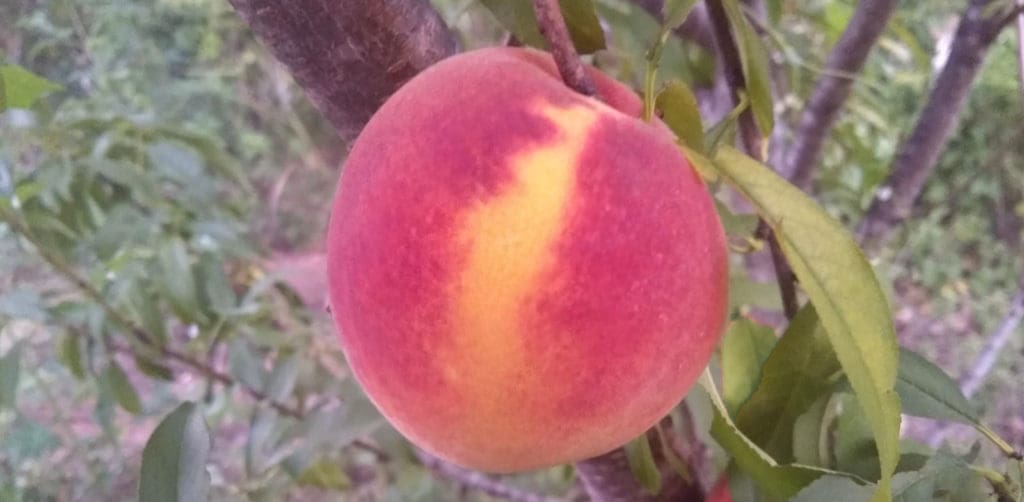I am sure you all have heard the old adage “the best time to plant a tree was ten years ago!” Well, I am here to tell you that it is TRUE! Because some varieties of fruit trees can take a few years to produce a good harvest, it is even more important to plant them AS SOON AS POSSIBLE! Planting them now gives them a jump-start for spring-their root system will be well on the way to becoming established, and better able to survive the Central Texas summers!
Some fruit trees require a pollinizer to set fruit, or to set a decent amount of fruit. Plums, pears and apples all require a pollinizer. If you only plan to plant one of these, plant the one that is used as the pollinizer, as it will be self-fertile. (However, even self-fertile varieties will produce better with a pollinizer.) If you plant several varieties of a fruit tree that requires a pollinizer, be sure to pick the best pollinizer recommended.
Peaches are self-fertile, and apricots, figs, pomegranate, Oriental persimmon and nectarine do not require pollinizers, so planting only one of these varieties is not a problem. Please consult our FRUIT TREE VARIETY LIST for specifics.
Some varieties of fruit, such as peaches, plums, apricots, and apples, require a certain number of “chilling”, or hours below 42 degrees, in order to bloom and set fruit. When selecting a variety for your area, it is important to remember that a chilling requirement is not a hard and fast rule-it is a general guide. A 600-hour variety can be grown in an 800- or 400- hour area, but if the difference is more than 200 hours, serious problems may result. If a variety does not receive sufficient chilling, it will not bloom and grow. If a variety’s chilling requirement is satisfied by January 15, it can bloom before the last killing freeze. The best choice is a variety that requires slightly more chilling hours that your area normally receives. (Our area is in the 800 chilling hour range)This would result in a slight delay in bloom, and would hold the trees from blooming until the last freeze is past.
Peach varieties, in particular, can be chosen to ripen at different times in the growing season, thus extending the harvest times. Pay attention to the ripening times of the varieties you choose so that they all do not become ripe at the same time.
Planting with a good organic compost will get your new tree off to a good start-use Heirloom Mushroom Compost and FoxFarm Jump Start fertilizer to amend your soil at planting. Be sure to hand water your new tree throughout the winter. Even when it has no leaves, it will require occasional water to keep the roots growing! Increase frequency of watering once leaves appear, and extend the watering distance from the tree each year to establish a broad-spreading root system.
HAPPY PLANTING!
